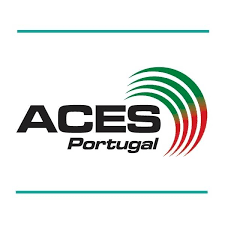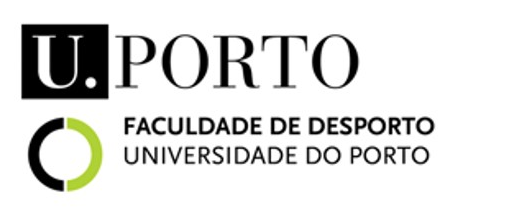Revitalizing School Yards
Revitalizing School Yards” addresses the growing necessity to respond to the increase sedentarism that European society has been suffering for the past decades. Inactivity costs 80,4 billion euros per year to the EU, which is equivalent to 6,2% of all health spending (Report “The economic cost of physical inactivity in Europe” by ISCA & Cebr). This is particularly worrying among younger populations.
According to the “Update on the status of physical education in schools worldwide” by the World Health Organization (WHO), although there are legal requirements for physical education to be taught at school all around Europe, the actual implementation does not usually meet these obligations. As an example, in Italy students only practice 810 hours of physical education per year, leading to 35% of them being overweight and 10/12% obese (1º Report “Sport & Society” by the National Italia Olympic Comity, 2008).
This is a multifactorial problem greatly influenced by the fact that most school have inadequate facilities and equipment supply, while municipalities do not have enough money to invert the situation, as was portrayed in the analysis of needs. Consequently, “children in the EU are far from reaching the WHO recommendations on physical activity” (European Parliament’s Briefing “Physical education in EU schools” 2016).
However, as it is stated in UNESCO’s International Charter of Physical Education, Physical Activity and Sport (2015), “doing exercise is a fundamental right of any human being”, therefore, Physical Education must be guaranteed, in particular for children, and each education system must ensure its teaching. Research, such as the review of the literature “Impact of physical education and sport on education outcomes” (Stead & Nevill, 2010), should remind us of the benefits of regular physical activity in educational contexts, which:
• Enhances cognitive function, perceptual skills and concentration, hence academic performance in general.
• It’s associated with improved self-esteem, emotive well-being and future expectations, while it reducesanxiety and depression.
• It results in lower rates of anti-social behaviour and the development of leadership and citizenship skills.
• It prevents obesity and its consequent health problems, like cardiovascular diseases.
Sport organizations can play a huge role in increasing participation in sport through the collaboration in the schools’ curricular and extra-curricular context. The recommendations of the European Commission’snovo Se Expert Group on Health-enhancing physical activity are very relevant for this project: “Schools and local sport organizations need appropriate sport facilities to develop their activities in safe and healthy environments. There is a common interest to share facilities. (…) Such partnerships would be beneficial for regular physical education classes but would also provide for new or expanded opportunities for after-school physical activity programmes”. In this sense, “Local authorities should develop efficient models to plan, manage and fund high quality and safe physical activity and sport infrastructures making them accessible for schools”.
The overall aim of this project is to study, create, test and disseminate a strategic administrative mechanism managed by municipalities and designed to stimulate local collaborative partnerships between sports organizations and schools in order to co-govern, take care and regenerate the schools’ open-air spaces, as valuable commons to expand and improve the provision of recreational sport practices, in an innovative way and in new close-to-home venues.
In conclusion, “Revitalizing School Yards” responds to a growing necessity of European urban areas, which have limited space to fit new sport facilities, and rural areas, in which the challenge is to place the facilities in areas accessible to everyone with a limited budget. The goal of the project is to support municipalities and sport organizations with the bureaucratic procedures through the offering of predesigned administrative mechanisms and the creation of online Communities of Practice. The e-platform will be established as a shared communication ground for the common interest of public and private institutions. The digital nature of the outcomes will, at the same time, provide continuity and further development to the initial idea.
CNAPEF no arranque de um projeto europeu sobre espaços desportivos escolares
“Revitalizing School Yards” pretende estimular as parcerias entre escolas, clubes e autarquias através de um esquema de financiamento replicável e sustentável. Com a primeira reunião em Milão (Itália), arrancou o “Revitalizing School Yards”, um dos mais recentes projetos europeus no âmbito do ERASMUS+ sobre a importância dos espaços desportivos escolares para as respetivas comunidades. O CNAPEF integra o…
Não quer perder as últimas informações sobre o movimento associativo da Educação Física e do Desporto?
Inscreva-se na nossa newsletter para receber todas as informações importantes diretamente na sua caixa de email.























